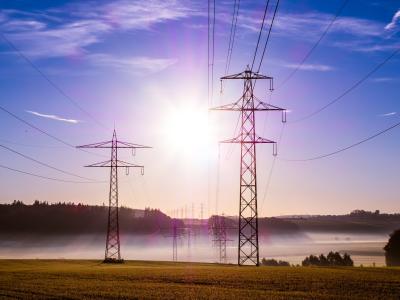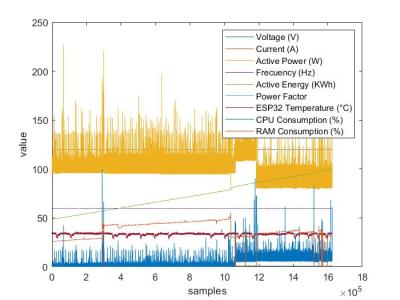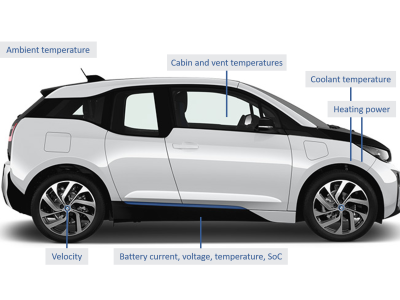Low-Voltage High-Current Wireless Power Transfer Systems for Autonomous Underwater Vehicles

- Citation Author(s):
-
Ruizhi Chen
- Submitted by:
- Ruizhi Chen
- Last updated:
- DOI:
- 10.21227/rjt7-gz14
 203 views
203 views
- Categories:
- Keywords:
Abstract
The traditional wired charging mode requiresautonomous underwater vehicles (AUVs) to be salvaged to the ship for energy replenishment, which cannot work continuously and is complicated to operate. To address this issue, since the battery voltages of AUVs are low, a convenient high-current wireless power transfer (WPT) system is introduced for the AUV batteries with low-voltage, it may cause large losses in the receiving coil and an unbalanced current-sharing issue among the rectifier diodes. In this paper, an LCC-S WPT system with a new rectifier is proposed for AUVs. The power transfer capacity, the currents of each component, the power loss analysis, and a detailed design guideline are presented. Due to the high turn ratios of transformers,the high current flows only through diodes and natural current sharing can be achieved. This architecture contributes to power improvement and significantly reduces the power loss in the receiving coil. An LCC-S WPT system with a maximum output power level of 1750 W is built, and experiments are conducted under various working conditions in both air and seawater media. The maximum efficiency in the seawater mediumis 88.8% with an output of 24 V/73 A, which proves the feasibility of the system.
Instructions:
This video shows the experimental results of the proposed low-voltage high-current wireless power transfer system.









estudio